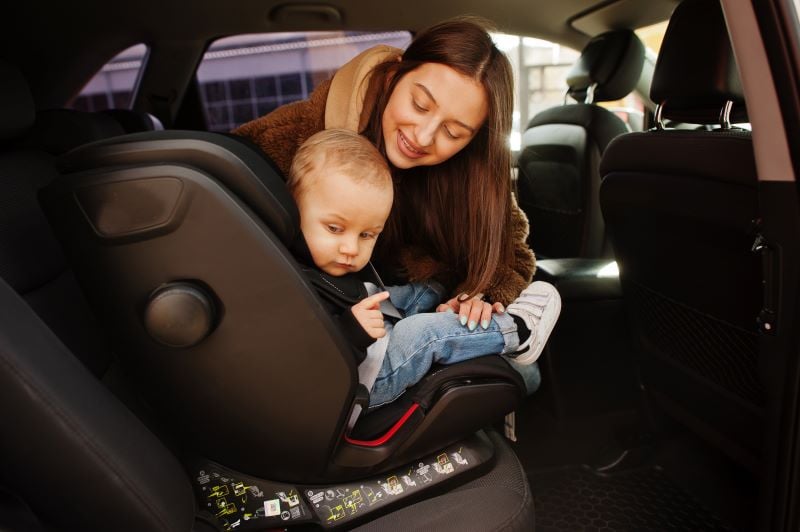Florida Car Seat Laws
Get a Free ConsultationTo protect children on the road, Florida car seat laws requires parents to use car seats or booster seats when driving with children under the age of 6.
Whenever you drive, follow Florida’s car seat laws and booster seat requirements to help keep children safe in case a car accident occurs.
Florida Car Seat Laws
Children younger than 4-years-old must be secured in a crash-tested, federally approved child restraint device. This can be a separate car seat or a vehicle’s integrated car seat.
Children ages 4 and 5 must be in a car seat or booster seat.
Anyone under age 18 must wear a seat belt and the FLHSMV recommends that children under age 13 sit in the backseat.
Drivers and front seat passengers of any age are also required to wear a seatbelt in Florida.
Ensure that your child’s car seat is large enough and is correctly installed in the car. Use the instruction manual when installing a car seat or booster seat in your vehicle.
Types of Car Seats and Other Child Restraints
Rear-Facing Car Seat
Children under age 2 should always ride in a rear-facing car seat, which provides the best protection for their head, neck and spine. Infant-only seats can only be rear-facing, while convertible and 3-in-1 seats often allow children to remain rear-facing up to 40+ pounds before transitioning them to the front-facing position.
Forward-Facing Car Seat
Once children outgrow the rear-facing weight or height limit for their seat, they should ride in a forward-facing car seat with a harness system. Forward-facing seats have higher height and weight limits to accommodate growing children, usually up to 65+ pounds.
Booster Seat
After outgrowing their forward-facing seat, children should ride in a booster seat until the vehicle’s seat belt fits them properly – typically when they reach 4’9″ tall. Boosters position the seat belt correctly over their smaller bodies.
Seat Belt
Once seat belts fit children properly without needing a booster – with the lap belt low over the hips/thighs and shoulder belt crossing the chest – they can use the vehicle’s seat belts. Still, riding in the back seat is safest for children under 13.
The goal is to keep children in each stage of seat as long as their height and weight allows before moving to the next type, all while following manufacturers’ guidelines.

